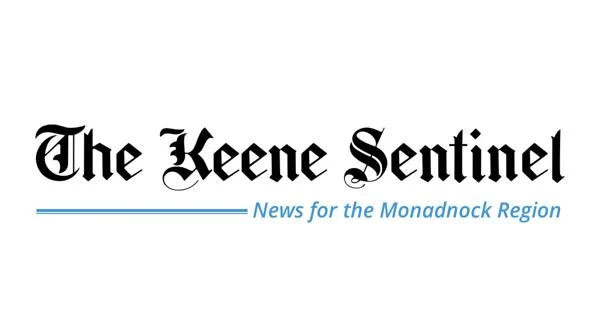Copyright thehindubusinessline

As Bihar heads to polls on November 6, a businessline analysis of state budgets and RBI data over Nitish Kumar’s 20-year tenure shows early momentum giving way to stagnation. Between 2005 and 2025, Bihar’s real GDP expanded at a CAGR of 9.3 per cent, compared with India’s stronger pace of 10.4 per cent. Yet, fiscal stress, joblessness, and limited industrial growth now overshadow the state’s development narrative, as noted by economists tracking state finances. Growth Trajectory Slows After a Strong Start During 2005-10, Bihar’s real GSDP grew at an annual rate of 8.2 per cent, against India’s 11.5 per cent growth. The high growth recorded between 2010-15 partly reflects the shift of the base year to 2011–12, which lifted reported output across states. Experts note that Bihar’s long-term lag arises from its sectoral composition. While agriculture contributes about 11.5 per cent to state GSDP, it employs about 53 per cent of the workforce, dampening surplus income. Manufacturing and industry contributed about 24 per cent to state output in FY24. Weak IT services base in Bihar has further impeded growth. India’s post-2010 expansion has been largely led by employment generated by IT services. The slowdown from 2015-20, coinciding with demonetisation (2016) and a nationwide demand slump in 2019, further dampened Bihar’s growth momentum. The other problem with Bihar is its large population, accounting for about 9.1 per cent of India’s population. This results in its per capita income being very low compared with other States. Low purchasing power in the hands of the population has been impacting consumption, which has led growth in the country in the last decade. Fiscal Strain Intensifies In recent years, Bihar’s fiscal deficit-to-GSDP ratio has averaged above 5 per cent, reflecting higher subsidies and welfare outlays. According to NITI Aayog report, ‘Fiscal Health Index 2025’, “an upward trend on committed expenditure leaves the State with less flexibility for the development sector.” Outstanding liabilities now approach 40 per cent of GSDP, among the highest in India, suggesting growing stress on public finances. According to RBI, “states need to contain and rationalise their subsidy outgoes, so that such spending does not crowd out more productive expenditure”. As per NITI Aayog’s ‘Macro and Fiscal Landscape of the State of Bihar’, “Bihar collects less in own tax and non-tax revenues compared to a median state. Transfers from the Centre are significantly above the level of a median state and constitute around 75 per cent of the total revenue receipts.” This narrow tax base and dependence on central grants is a structural weakness of Bihar according to experts. Jobs Crisis and Migration Pressures Bihar continues to post the worst urban unemployment rate among major Indian states, with joblessness rising in recent years. Limited industrial and service sector activity has fuelled mass out-migration, particularly among the youth. Availability of power in Bihar remain less than one-third of the national average, highlighting persistent development shortfalls. As NITI Aayog CEO B V R Subrahmanyam puts it, “with the right support, the state could thrive in infrastructure, industry, skill development and women’s empowerment”. Published on November 5, 2025



